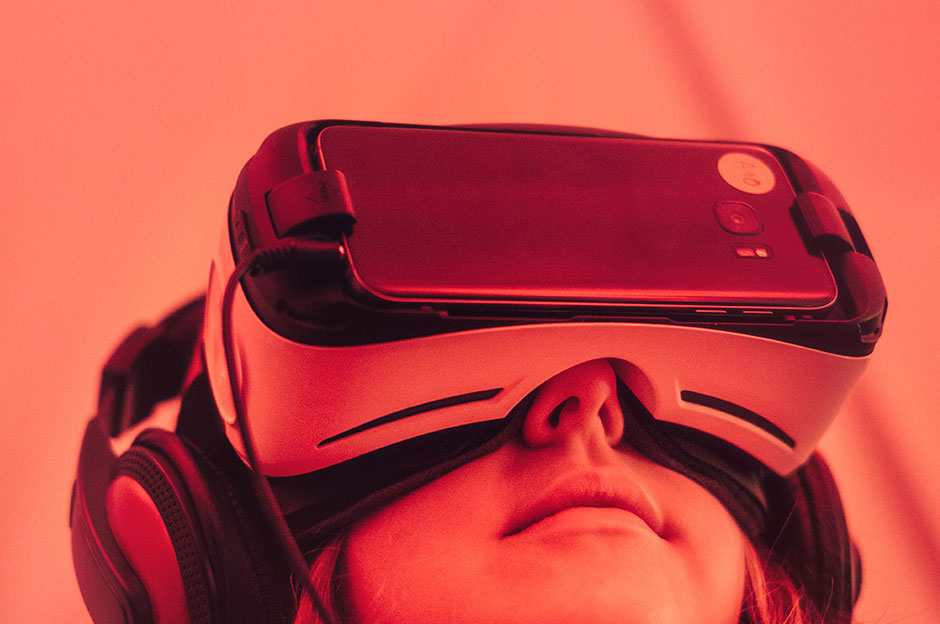New Age Gaming Technology
It is hard to argue that gaming has made left its mark on the world that we know today. We have come a long way from the rudimentary games of the 80s and we have seen a massive jump in gaming technologies in the last few years alone. Technologies such as VR and Tobii Eye-tracking were merely a pipe dream in the nineteen-eighties, though they are still fairly limited to your higher-end PCs. However, with all technologies that the gaming world has encountered over the years, they will hopefully become more accessible as processors and GPUs become more powerful and affordable.
Tobii Eye-tracking
What exactly is Tobii Eye-tracker technology? Well, simply put it is a system that uses sensors and algorithms to control your device with your eyes. This sounds like something straight out of popular science fiction, but the Tobii software can accurately predict what you are looking at on your screen. This eye-tracking technology is still in its infancy and many people are still not aware of its existence.
Furthermore, there are only a handful of games that actually support this technology and while the number of titles has grown since the early days, it still remains a drop in the ocean when it comes to the multi-billion dollar monster that is the gaming industry. The biggest names to support this technology are Tom Clancy’s Ghost Recon Wildlands and The Division, Watch Dogs 2 and the Assassin’s Creed franchise. So it’s clear to us that Ubisoft is the number one backer of this new technology. Hopefully more and more game developers will embrace this technology for future titles.
Virtual Reality
While the eye-tracker technology is still fairly new, the world of VR has been around for a few years now and this seems to be the way that the gaming world is heading at the moment. The world of VR gaming is far older than most of us know, though things only really took off with the era of smartphones. Features such as motion sensors and gyroscopes have made it possible to track head, hand and body positions.
The Google Daydream View and the Samsung Gear VR both rely on your smartphones for their gyroscopes and sensors to offer a VR experience. This allows the price to be far lower than the stand alone headsets such as the Oculus Rift and the HTC Vive. Though if you factor in the cost of a high-end smartphone then the prices are actually fairly similar. We are also seeing more and more VR ready laptops and prebuilt gaming computers on the market, and this is great if you can afford the higher price tags. The entry-level graphics cards in the mobile and desktop world are just not powerful enough to support VR gaming. Though, if we look at the current trend, the next generation of entry-level GPUs will be able to run VR gaming headsets.
Project Ariana
This is a very interesting bit of technology that was showcased at CES earlier this year and while it is being developed by Razer it could have far reaching applications in the home entertainment industry. What exactly is Project Ariana you may ask? Project Ariana is a code name for a projector that will be part of Razer’s Chroma series and will change the way that we game for some time to come. It takes the multi-monitor concept and turns it on its head by allowing you to use an entire wall to project your work and games. You might think that this is not any different to how projectors work at the moment, however, it is actually far more complex than this. This neat bit of kit features two depth of field cameras that will allow the projector to detect the edges of any display and expand your field of view in a matter of seconds.
Leap Motion
The Leap Motion is a motion controller that offers an incredible amount of accuracy when it comes to tracking the movements of all ten of your fingers in a 3D space. This could be huge for gaming as we would be able to control many aspects of our gaming experience without touching our keyboard or mouse. However, this technology has sort of flown under the radar since its announcement in 2013 and it will only work with specific games and programs. While more work is needed to expand this hardware, it is still too early for us to see a gaming experience like in the 2009 movie, Gamer.
Final Thoughts
The growth of the gaming sector has increased dramatically over the last few years, however, many of these newer and upcoming technologies are still in the development phase. While there are some high-end gaming laptops that offer powerful VR capable GPUs and Tobii eye-tracking technology, they are still quite expensive at this time. The cheapest of the options is the Leap motion controller and this has its own set of limitations currently. We will just have to wait for these technologies to come down in price before they become a part of our everyday lives.

